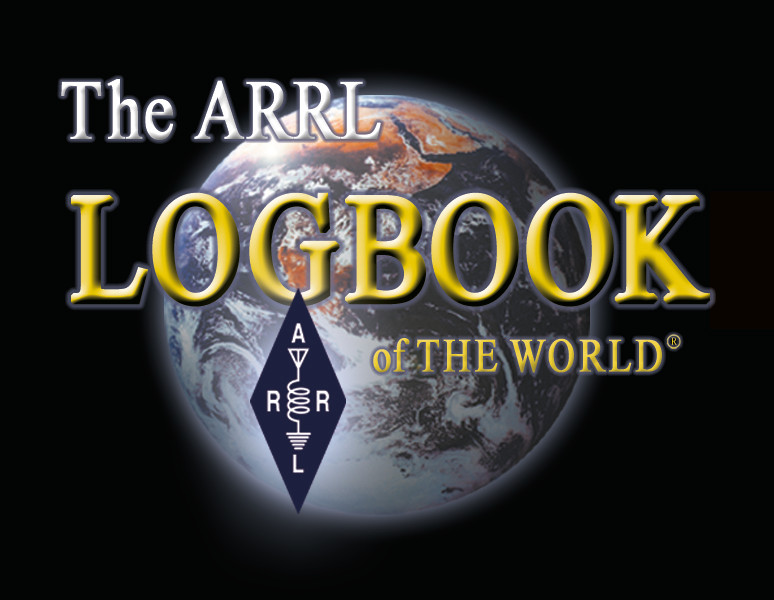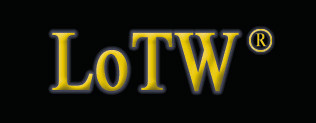Troubleshooting
When solving a problem in the use of LoTW, first
- confirm that you are running the current version of TQSL; if not, upgrade TQSL to the current version
- confirm that you can log in to your LoTW Web Account
- if the LoTW web site does not respond, check here to determine whether LoTW is unavailable (in which case you should wait until it returns to service), or whether your computer is unable to access LoTW via the internet; if the latter, check to see if your computer can access any web site on the internet.
- if you've misplaced your username and/or password for this account, send email to LoTW-help@arrl.org.
- confirm that the Callsign Certificate you're using has not expired, and is valid
- configure your Firewall and Anti-Malware applications to consider TQSL.exe to be safe
Troubleshooting in specific scenarios:
- When installing or upgrading TQSL
- When requesting a Callsign Certificate
- When modifying a Station Location
- When submitting QSOs to LoTW
- When running on Linux
- Determining Why a QSO Isn't Yet Confirmed
- Correcting Errors in Submitted QSOs
When Installing or Upgrading TQSL
If running the TQSL installer produces the error message "The publisher could not be verified", then either you did not obtain the installer from the ARRL, or the downloaded installer is corrupted. Delete the downloaded installer, and obtain the official version. If an anti-malware application may be interfering, try downloading the installer to a thumb drive and executing the installer from there.
If you start the TQSL installer on Windows but nothing happens, Windows may be blocking its execution. In Windows Explorer, locate the entry for the installer, right-click it, and select the Properties command at the bottom of the pop-up menu. In the Properties window that appears on-screen, select the General tab; if an Unblock button appears at the bottom of this tab, click it.
If while upgrading from TQSL version 1.x on Windows, the error message "There is a problem with this Windows Installer package. A program run as part of the setup did not finish as expected" appears,
- locate the folder in which TQSL is installed, e.g. C:\Program Files\TrustedQSL or C:\Program Files (x86)\TrustedQSL
- rename the file unins000.exe to unins000.bad
- restart the TQSL installer
If while upgrading from TQSL version 1.x on Windows, the error message "Could not delete value C:\Programs\TrustedQSL\from key Software\Microsoft\Windows\CurrentVersion\Installer\Folders. Verify that you have sufficient access to that key, or contact your support personnel" appears,
- use "Run as Administrator" to uninstall the previous version of TQSL
- restart the TQSL installer (without "run as Administrator")
If while installing TQSL on Windows, the error message "The installer has encountered an unexpected error installing this package...The error code is" with an error code of 2503 or 2505, the installer may be being prevented from creating the temporary files it needs to perform the operation; try these steps one-at-a-time to see if they eliminate the problem:
- temporarily disable your anti-malware applications while you run the TQSL installer
- configure Windows to provide the correct access to the C:\Windows\Temp and C:\Windows\installer folders
- Everyone: Read & Execute; List folder contents; Read
- System: Full Control
- Administrators: Full Control
- if you used invoked Run As Administrator when installing a previous version of TQSL, use the WIndows Control Panel to uninstall the previous version of TQSL, and then run the TQSL installer without Run As Administrator
When Requesting a Callsign Certificate
If you've already requested a Callsign Certificate for a particular callsign but have not yet received it, TQSL will not allow you to request another Callsign Certficate for that same callsign. If you're concerned with the delay in receiving a response to your Callsign Certificate request, send email to LoTW-help@arrl.org .
TQSL will also decline to request a Callsign Certificate if the interval defined by its QSO begin date and QSO end date overlaps the interval defined in an existing Callsign Certificate for the same callsign.
When Modifying a Station Location
If the Station Location you attempt to modify specifies a Callsign Certificate that has been deleted, TQSL will not permit you to modify that Station Location. You can take one of the following actions:
- recover the deleted Callsign Certificate from a backup file (.tbk) or load it from a saved Callsign Certificate container file (.p12)
- request a Callsign Certificate to replace the deleted Callsign Certificate
- delete the Station Location, and then define a new Station Location that references an existing Callsign Certificate
When Submitting QSOs to LoTW
If the Station Location you select to digitally sign your QSOs specifies a Callsign Certificate that is expired, has been deleted, or is invalid, TQSL will not proceed. If the Callsign Certificate has expired, renew it. If the Callsign Certificate was deleted, recover the deleted Callsign Certificate from a backup file (.tbk) or load it from a saved Callsign Certificate container file (.p12). If the Callsign Certificate is invalid, request a replacement.
If you invoke TQSL's sign and upload ADIF or Cabrillo File function and are informed that TQSL cannot communicate with LoTW, check here to determine whether LoTW is unavailable (in which case you should wait until it returns to service), or whether your computer is unable to access LoTW via the internet; if the latter, check to see if your computer can access any web site on the internet.
If you invoke TQSL's sign and upload ADIF or Cabrillo File function and are informed that "CURL returned Peer certificate cannot be authenticated with given CA certificates (SSL certificate problem: self signed certificate in certificate chain)", direct your anti-virus application to consider TQSL to be safe. If you are using Kaspersky AntiVirus, disable its Scan encrypted connections option.
TQSL reviews each of the QSOs in the log file you submit, and reports any errors it encounters in its Errors Detected window. One of the errors that TQSL will report is an attempt to submit a QSO that has already been submitted and has not been subsequently modified; TQSL does this to prevent unnecessary processing by the LoTW Server. Clicking the Errors Detected window's Ignore button directs TQSL to not process the erroneous QSOs and continue digitally signing the log file's other QSOs. Clicking the window's Cancel button directs TQSL to terminate the operation without submitting or saving any QSOs. After correcting the error(s) in your log file that prevented QSOs from being digitally signed, assemble (or direct your logging application to export) an ADIF or Cabrillo file containing a record for each QSO that wasn't digitally signed, and direct TQSL to digitally sign and submit this file to LoTW.
When Running on Linux
When running TQSL on Fedora Linux version 21 or later, "certificate signature failure" errors will be reported because this version of Fedora does not by default enable a digital signature capability used by LoTW. To enable this digital signature capability, add the following line to the .bashrc file in your home directory:
export OPENSSL_ENABLE_MD5_VERIFY=1
Determining Why a QSO Isn't Yet Confirmed
If you've submitted an accurate description of a QSO that has not yet been confirmed, it's possible that your QSO partner either does not participate in LoTW, or participates but has not yet submitted your QSO. You can determine if that's the case.
Another possibility is that you submitted the QSO with the wrong callsign.
Correcting Errors in Submitted QSOs


